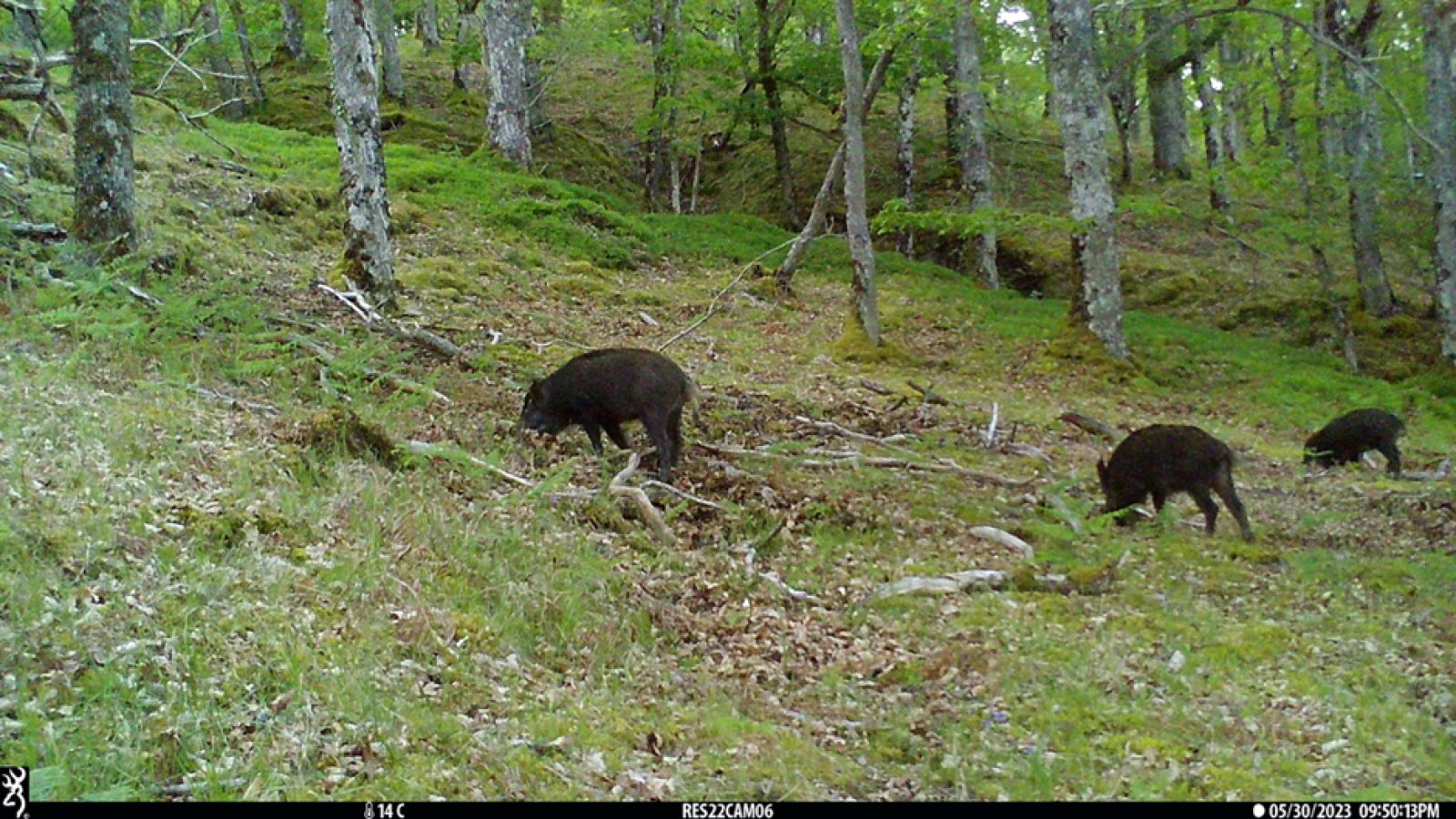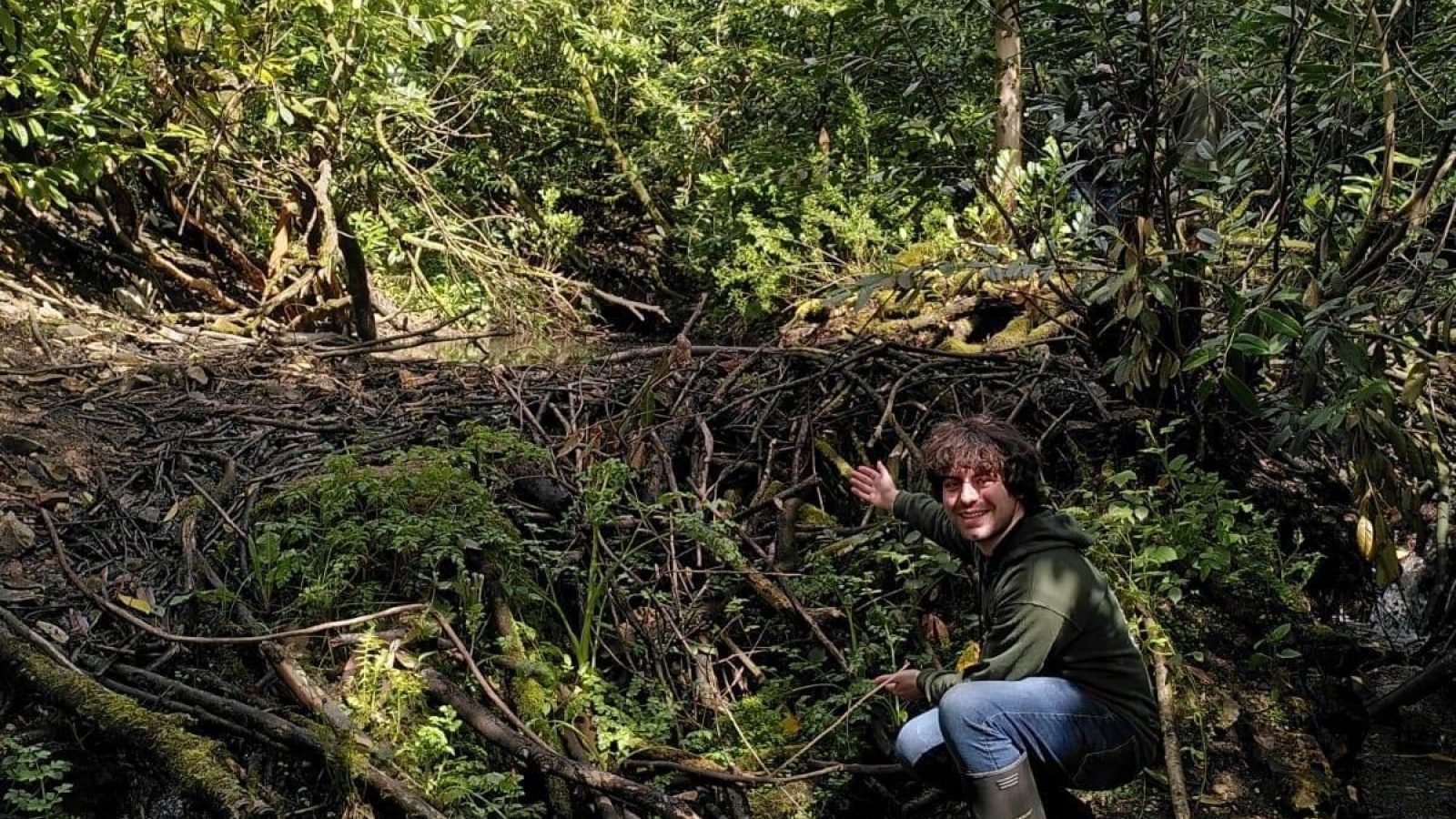New modelling has predicted a significant rise in Scotland’s boar population over the next 50 years – with hotspots persisting in the West Highlands, Dumfries and Galloway, northern Moray and Aberdeenshire, and Perthshire.
Once extinct in Britain, wild boar have seen a resurgence in Scotland’s forests since the mid-1970s, likely through a combination of accidental escapes and illegal reintroductions. While they help ecosystems with processes such as rooting and can support communities through tourism and hunting, the omnivorous mammals can also bring a number of issues including disease transmission, injuries to pets, loss of crops, and impacts to gardens and land.
To understand how Scotland’s boar population might change in the future, researchers at The James Hutton Institute, King’s College London and the Zoological Society of London collaborated on an agent-based model that incorporates boar behaviour, land cover and environmental variability.
Their findings show that Scotland’s wild boar populations are now viable and self-sustaining, with numbers expected to rise from 1,472 to 2,399 by 2075. The model also predicts that boar will explore an additional 131km² each year, though they are likely to avoid highly urbanised areas such as the Central Belt. Instead, already known populations in the West Highlands and Dumfries and Galloway are predicted to grow, along with less-documented populations across Perthshire, north Stirling, Moray, and Aberdeenshire.

The model, which was created by King’s College London and Zoological Society of London PhD student Connor Lovell, is the first to provide such a detailed simulation of wild boar dynamics across Scotland at this scale. It considers birth and death rates, movement patterns, habitat preferences, and even social behaviours like rutting and herd formation.
The researchers behind the model believe it could be used to support compensation schemes or targeted culling in the future and hope to produce new versions of the program that simulate socio-economic impacts such as crop damage costs and hunting revenues.

They have also warned of its limitations, such as a lack of accounting for climate change and changes to land use. The model was also unable to account for long-distance female dispersal, which is still poorly understood, and required some assumptions about life history parameters due to limited Scottish data. The team have suggested that the model could be adjusted once more information on these factors is available.
Connor said, “With wild boar back in Scotland, this model is a key step to understand where boar could go, how big their populations could be, and where they could impact ecosystems and local communities.”
The full study, titled Projecting population dynamics and range expansion of reintroduced wild boar in Scotland using agent-based modelling, is available on ScienceDirect.